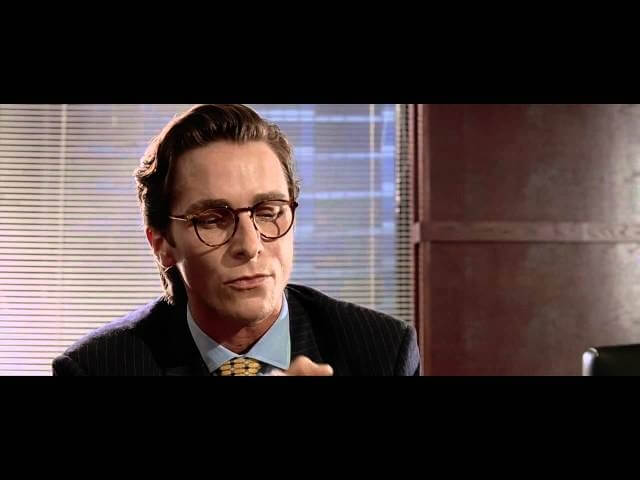Read This: How Mary Harron made a feminist film out of American Psycho

Mary Harron’s 2000 adaptation of Bret Easton Ellis’ novel American Psycho has become an enduring cult classic, with the film looming even larger in the public’s imagination than the controversial book upon which it was based. In a piece for The Village Voice, Angelica Jade Bastién analyzes the film and discusses why it succeeds as a satire of male vanity and pathology in a way that Easton’s “monotonous” novel does not. The difference, Bastién finds, is that the film uses what has been termed the “female gaze.” The female director, Harron, and female co-writer, Guinevere Turner, see something in this material that possibly eluded Ellis: At heart, murderous yuppie protagonist Patrick Bateman (Christian Bale) is pathetic. Other writers and filmmakers have attempted to satirize their male antiheroes, but they often get caught up in the characters’ bullshit rhetoric and end up making them too likable or dynamic. Not Harron and Turner. Just look at how Bateman sweats and squirms during the movie’s infamous business card scene.
In this scene, Bateman is not anyone the audience would want to emulate or imitate. Despite his bragging, he is an insecure loser. That’s what motivates him. The film is also careful to show how shabbily Bateman treats the women in his life, not just his victims but every female character he encounters, including his fiancée, played by Reese Witherspoon. The article points out how Harron’s movie wisely “push[es] most violence offscreen,” preferring instead to let the audience imagine the worst of Bateman’s deeds. The camera lingers on the banal materialism of the protagonist’s life, including his immaculate and expensive wardrobe.
Although the movie is set in the 1980s and is pitched as a satire of ruthless Reagan-era capitalism, Bastién describes American Psycho as “oddly timeless.” There are plenty of Bateman types in the world, and they existed before and after the era depicted in the film. “For all his good looks, money, and Reagan-era traits, Bateman represents a lot of men throughout history,” Bastién writes. The article also reveals some interesting background details about Bale’s performance in the lead role. Supposedly, his character was modeled after Tom Cruise, whom Bale had seen on Letterman feigning friendliness while remaining dead-eyed.
Bastién wrote her piece in response to the current Genre Is A Woman festival. The festival runs throughout this month, and screening information can be found here.